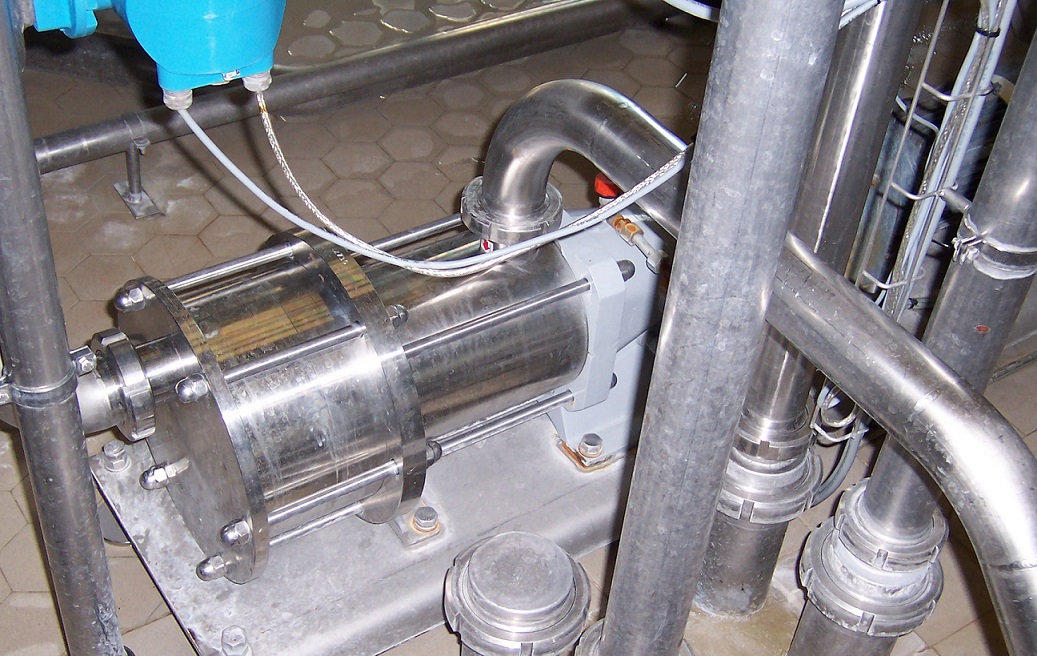By Kevin Hogue
Eccentric disc pump technology was originally tailored specifically for the Western European oil-and-gas and chemical markets due to its unique design, which enables the pump to transfer viscous, non-lubricating, volatile and delicate materials without any risk of shearing. This includes the safe handling of emulsions, inks, adhesives and resins in the chemical industry; and crude oil, waste oils and many different types of traditional or alternative fuels in the petroleum markets. Over time, food manufacturers in Western Europe also began implementing these types of pumps to handle molasses, cooking oil and cocoa butter, to name a few.
While this technology has forged a readily acknowledged reputation for unmatched durability in these markets, that reputation remained somewhat of a Western European secret for many years. But over time, word has spread about the value of this technology in a variety of applications, and as commerce traditionally dictates, supply eventually needed to meet growing global demand.
Eccentric disc technology for pump operations was invented in 1906 by French engineer Andre Petit. The driving force behind his invention was finding a way to improve fluid transfer in mining operations. The dominant technologies in these applications at the time were gear and lobe pumps. However, both had operational inefficiencies that affected their overall performance and reliability, specifically that the mode of operation of gear pumps left them susceptible to decreased flow capacity, while a lobe pump’s internal clearances will become greater over time, leading to decreased flow capacity and volumetric consistency and an increase in efficiency-robbing product slip.
Recognizing the inherent deficiencies in the operation of gear and lobe pumps, Petit set out to create a pumping technology that remedied these design shortcomings. The result was the “eccentric disc pump principle.” Namely, the design of an eccentric disc pump places a disc inside the pump cylinder. The disc is driven by an eccentric bearing that is installed on the pump shaft. This creates two distinct pumping chambers that increase and decrease in volume as the disc is moved by the eccentric bearing, producing both suction and discharge pressures as the chambers move in pairs that are 180 degrees apart. This ensures that the fluid passes through the pump at a constant flow rate with no efficiency-robbing wear of the wetted parts.
With the eccentric disc pump principle perfected, Petit formed Mouvex®, which was originally based in Paris, France, but relocated to Auxerre, France, in 1970, where the company’s headquarters remain today. In 2008, Mouvex became one of six founding members of PSG®, Oakbrook Terrace, IL, USA, a Dover company.
Mouvex’s landmark product line has been the A Series Eccentric Disc Pump, which is celebrating its 50th Anniversary this year. Joining PSG has enabled Mouvex to position the A Series in global markets, where it has become a sensation thanks to its reputation for robustness and virtually maintenance-free service in some of the most demanding applications in the chemical, food and oil-and-gas industries.
To see how the A Series, or any of Mouvex’s other standard-setting pump technologies, can outperform gear and lobe pumps in any number of industrial fluid-handling applications, please visit www.mouvex.com.
We are always interested in hearing about any equipment-related successes you have had in any of your operations. If there are any recent instances where an industrial pump system has helped optimize your fluid-handling capabilities, please email me at kevin.hogue@psgdover.com.




